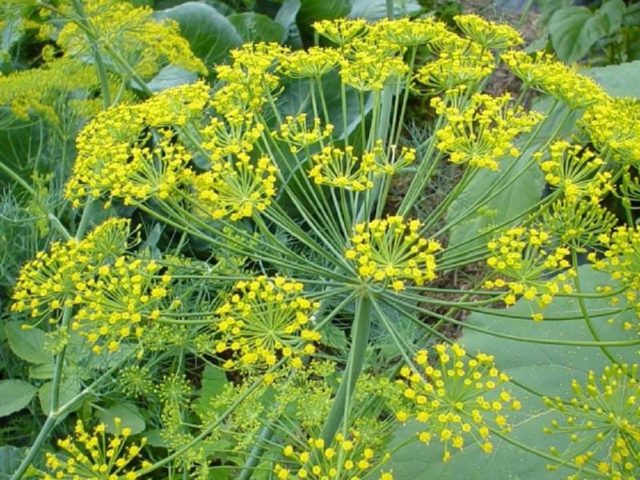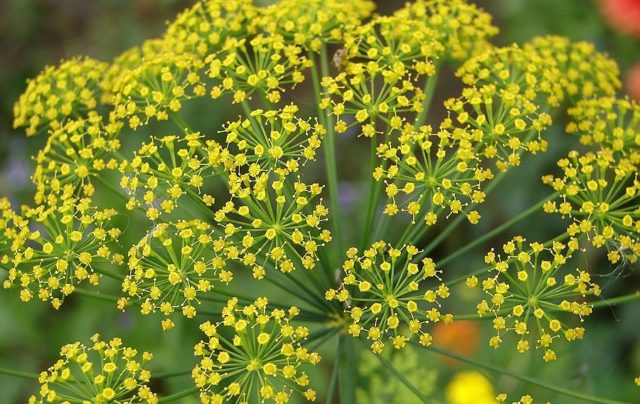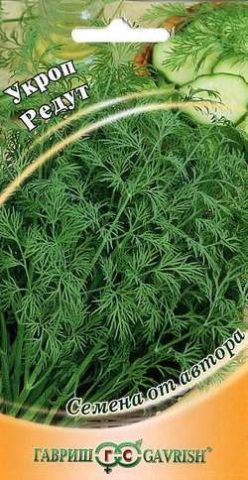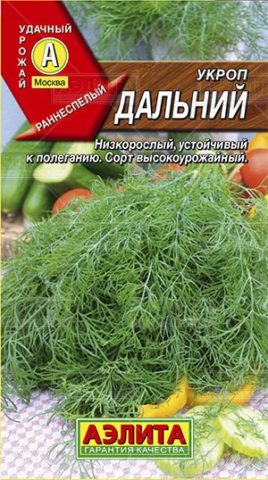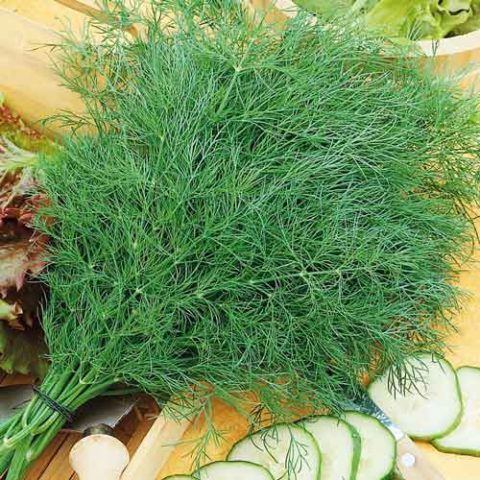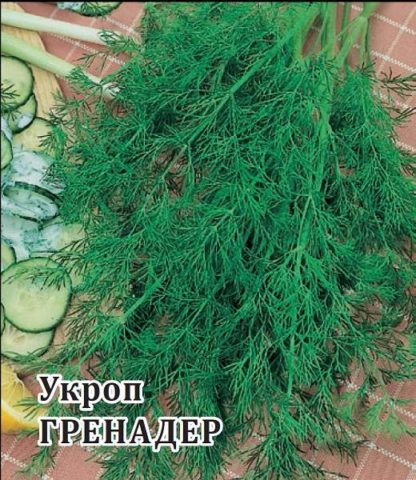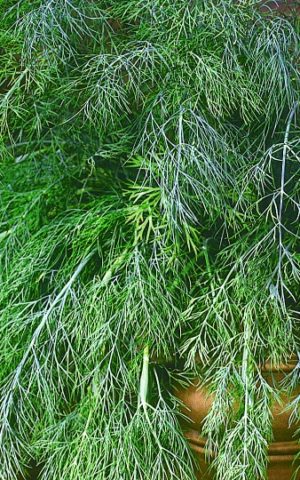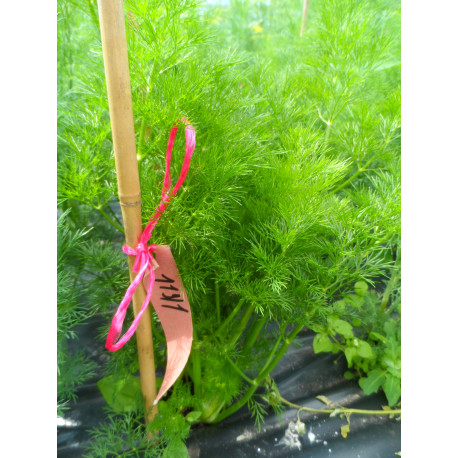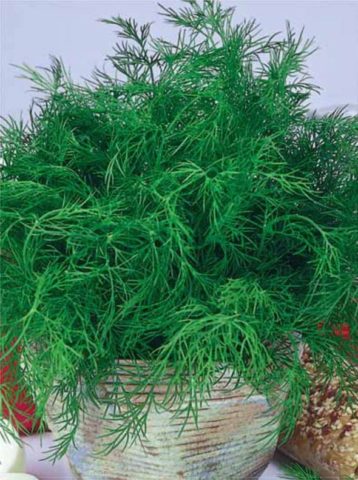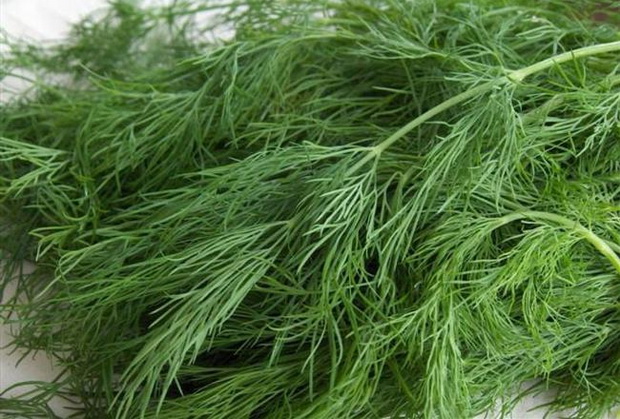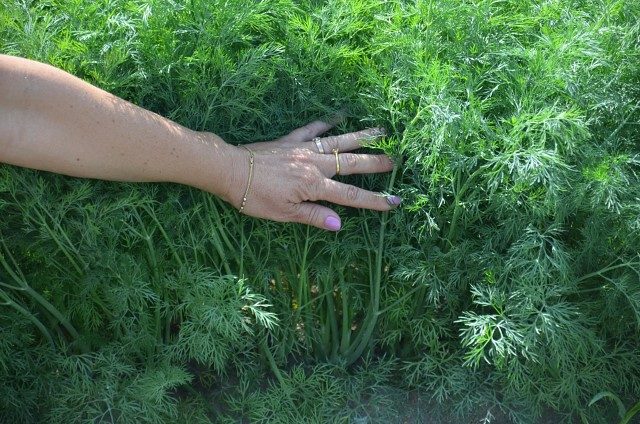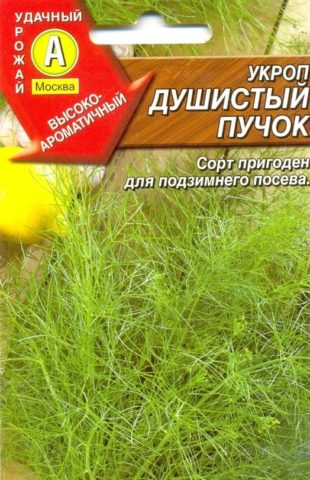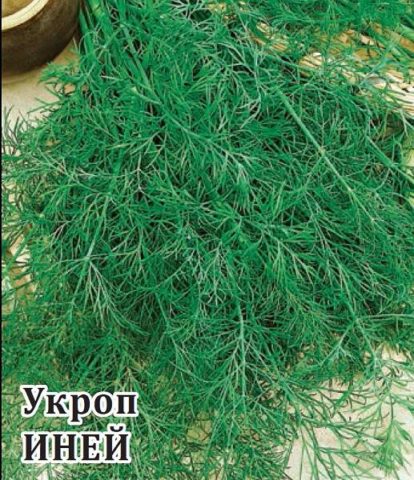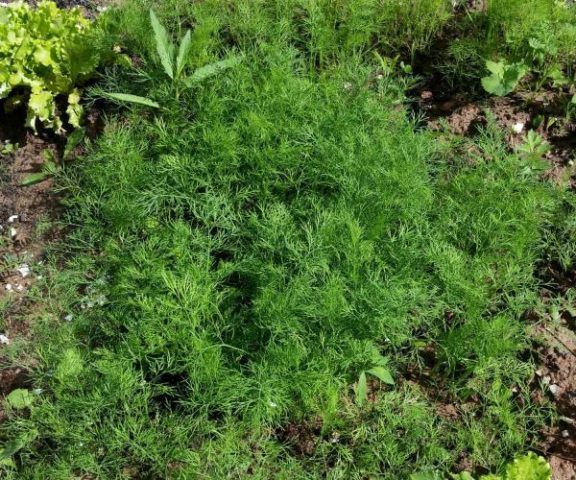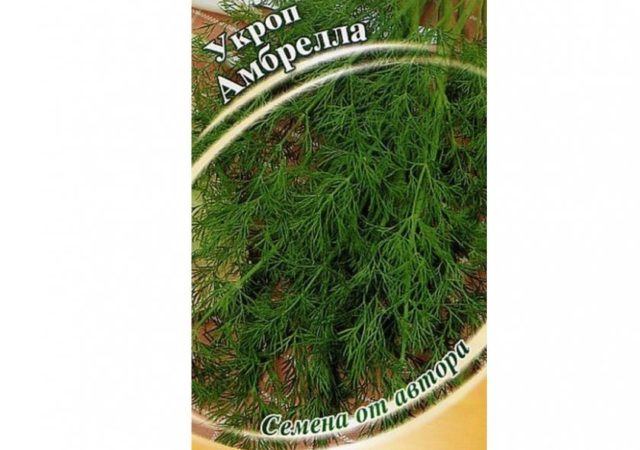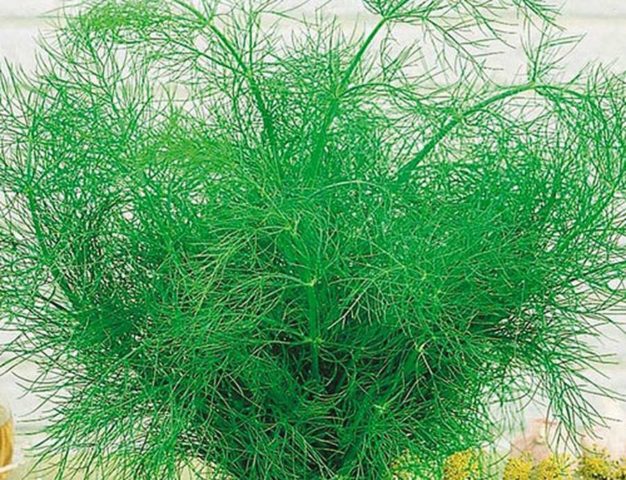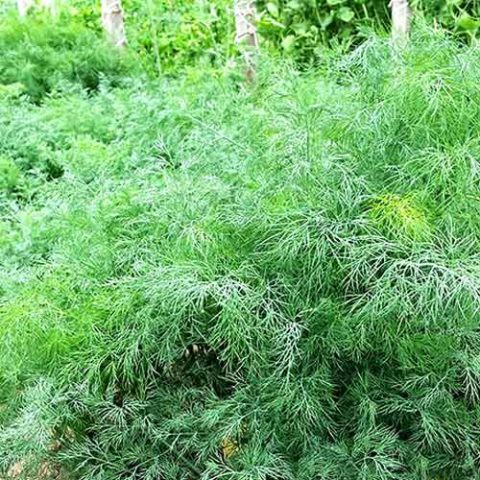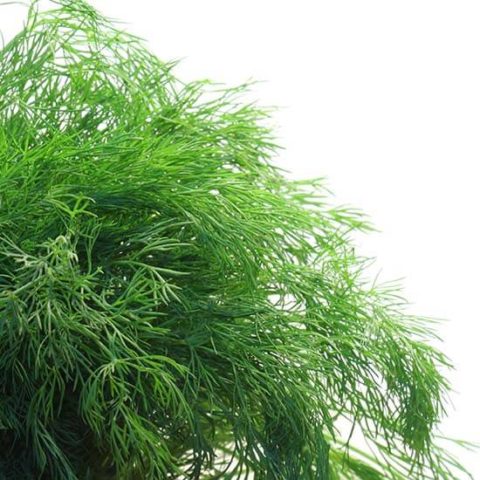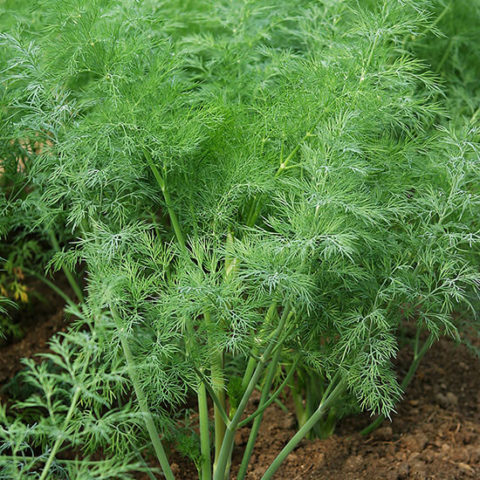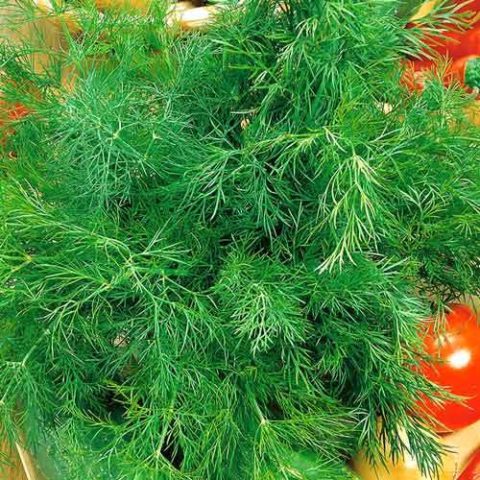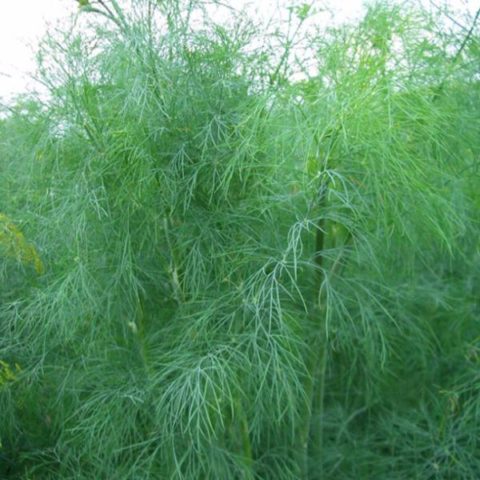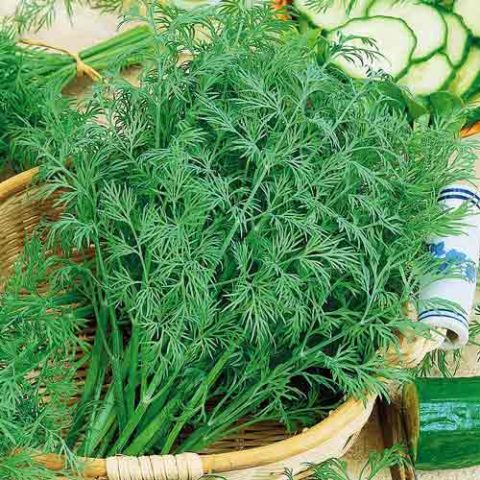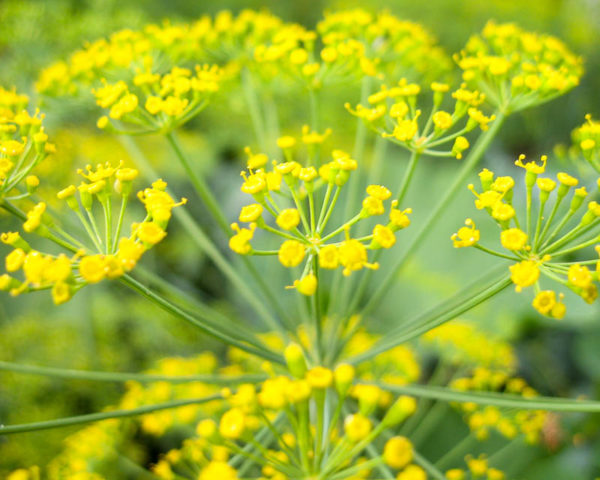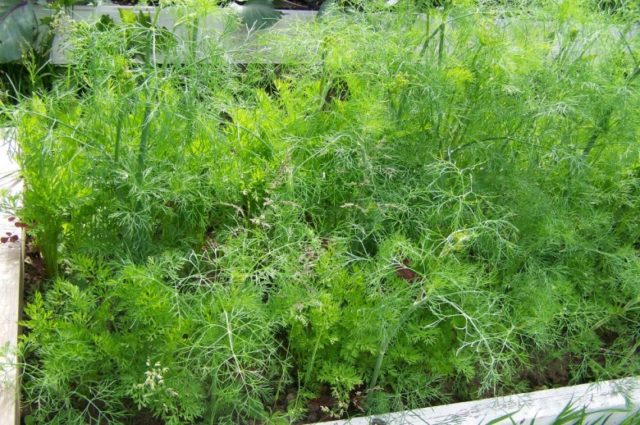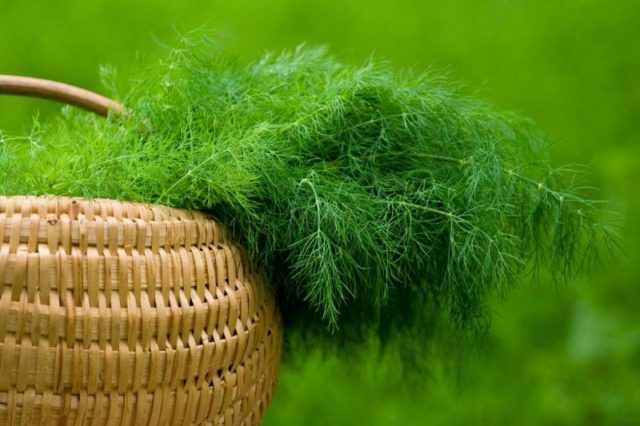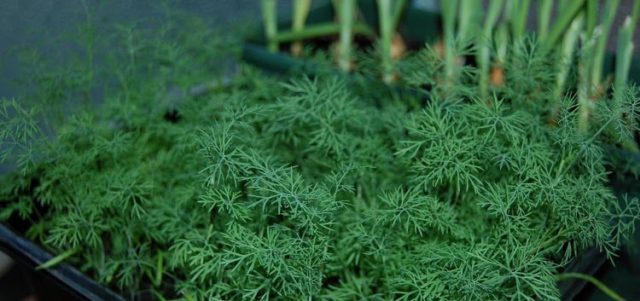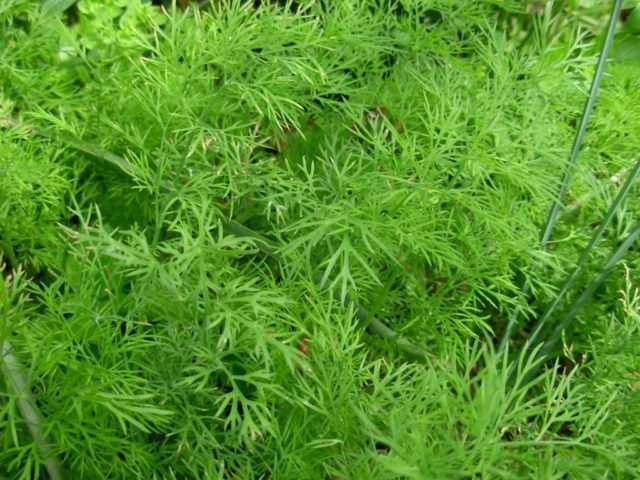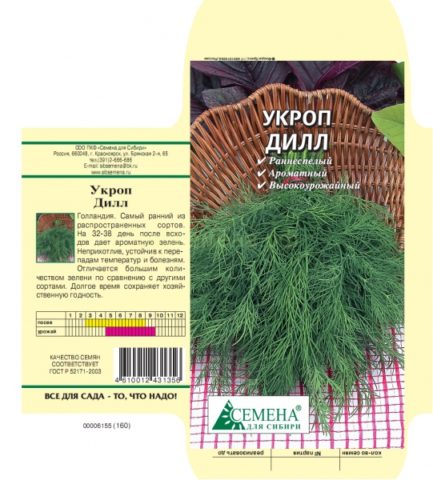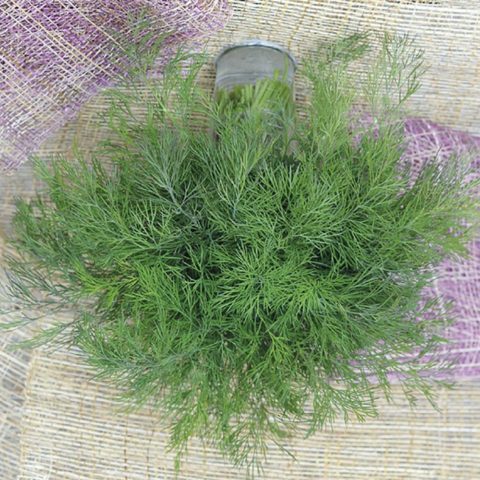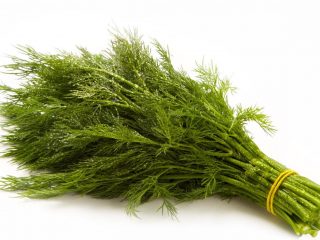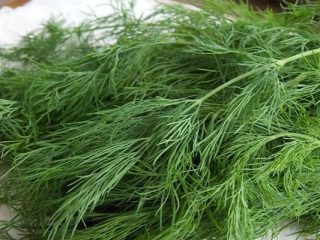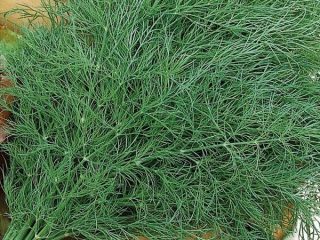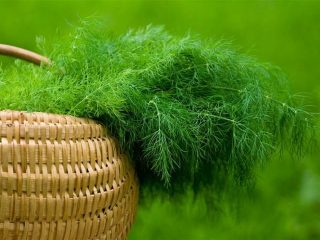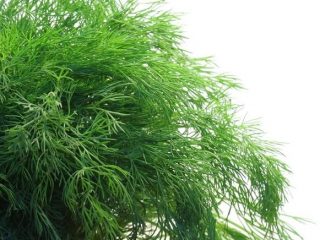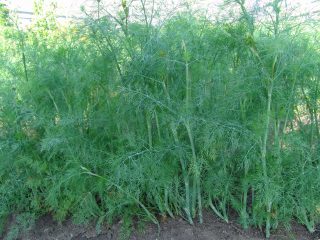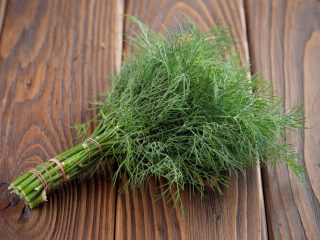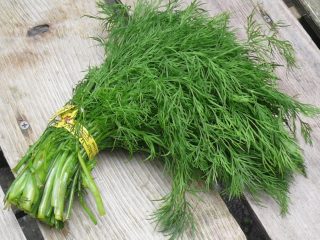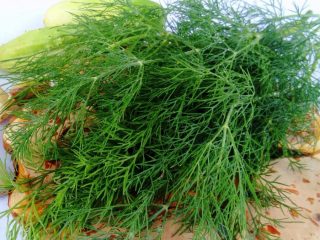Content
- 1 What does dill look like?
- 2 The best varieties of dill for open ground
- 3 Dill varieties for growing in a greenhouse
- 4 The best dill seeds for open ground
- 5 The most productive varieties of dill
- 6 Dill varieties with a large umbrella
- 7 What varieties of dill can be cut several times?
- 8 Dutch varieties of dill
- 9 New varieties of dill
- 10 Conclusion
It is difficult to find a garden where dill does not grow. Often it is not specifically planted in separate beds; the crop reproduces well by self-sowing. When flowering umbrellas appear, the ridges take on an unusual appearance. The plant gets along well with almost all garden crops.
This spicy seasoning is added to various dishes, pickles and preserves. Currently, there are many types and varieties of plants, which makes it difficult to choose. Descriptions, characteristics of dill varieties, photos will help not only beginners, but also experienced gardeners.
What does dill look like?
Fragrant dill is a representative of the Apiaceae family, a green vegetable crop. This plant has been known to mankind since ancient times.Even then, it was used as a medicine by Egyptian and Italian healers, added to salads, first and second courses.
The crop has two different types of plants - common fennel (a perennial vegetable) and a garden crop with a spicy aroma. The article will discuss the second type of plant.
Garden dill very often reproduces in a self-sowing area and grows like a weed. The vegetable is used as an aromatic spice. This herbaceous plant has an erect, hollow stem 25-170 cm high. Rosettes with leaves form on the stem.
The leaves of the vegetable crop are pinnate, strongly dissected, light green or dark green in color. They are juicy, aromatic, the length, width and diameter of the leaf blade (if you can call it that) depends on the type and variety.
How dill blooms
The dill inflorescence is represented by a complex umbrella of many yellow flowers. The size of the testes depends on the variety. In place of the flowers, achenes are formed, the length of which is 4-6 mm. The photo below shows dill in bloom.
Dill seeds, along with leaves, are widely used in cooking, confectionery and various pickling and pickling. Perfumers and pharmacists value the fruits of the plant no less. Black dill seeds are widely used in folk medicine, because they contain vitamins, easily digestible salts of potassium, calcium, iron and phosphorus.
Is there a perennial dill?
It should be noted that the spicy garden crop is only an annual plant.So you should not believe seed sellers who characterize any variety as a perennial crop.
The best varieties of dill for open ground
It is difficult to simply say which seeds are best to sow on the plot. The fact is that there are types of culture that have different external, taste, and commercial characteristics. Some plants are grown to produce early greens, others to collect useful and medicinal seeds.
Early ripening varieties of dill
Plants that take a little more than a month to form a stem are considered early ripening, and umbrellas with flowers appear after another 2 weeks. Seeds begin to be collected 85-100 days after germination.
Leaves for greens are cut at a height of 10-15 cm, and there are very few of them. The early-ripening crop is sown to produce greens and seeds for preserving vegetables for the winter.
Popular varieties of early dill.
Redoubt has a special aroma. Height is only 27 cm. You can cut it in a month or a little later.
Further grows up to 25 cm. The plant is not afraid of temperature fluctuations and is practically not affected by pests. The color of the openwork leaves is dark green with a waxy coating. Grown to produce early greens.
Gribovsky. The plant is not capricious, it enjoys success due to its fragrant, fleshy leaves. Height – no more than 25 cm, ready for cutting in 35-40 days.
Grenadier. Grows up to 30 cm. Fragrant emerald leaves are ready for cutting a month after germination.
Dill Early Miracle. The greens are harvested a month after germination. Technical ripeness occurs in 60-70 days. The plant is distinguished by a raised rosette with bright green, medium-sized leaves. Height – up to 100 cm. From 1 sq. m harvest up to 1.8 kg for greens, for spices - up to 3.4 kg.
Dill Vologda lace high-yielding.The leaf phase lasts a long time. The branches are distinguished by their juiciness, tenderness and pronounced spicy aroma. It is possible to sow seeds before winter.
Dill Emerald. Each rosette of the variety produces up to 12 bright green fragrant leaves up to 23 cm long and up to 17 cm wide. The height of the vegetable rosette is up to 30 cm, the diameter of the bush is about 21 cm. Up to 40 g of emerald greens are collected from one plant , from 1 sq. m – about 2 kg. The growing period is short - only 28-33 days.
Medium ripening varieties
The marketable appearance of a mid-season green vegetable occurs 40-50 days after germination. The plantings are distinguished by good foliage, each plant has up to 10 large carved leaves. Moreover, they are not single, but collected in bunches. They begin to cut greens in early June. Umbrellas are ready for use in July, just when pickling begins.
Among the best mid-season varieties, gardeners identify the following.
Alligator. A tall green vegetable, reaches a height of 160 cm. The leaf rosettes are raised. Greens can be cut after 40-45 days, and umbrellas are ready after 110-115 days.
Amazon. On a tall (up to 160 cm) plant, juicy and fragrant dark green leaves ripen. For cut greens after 45 days, for spices - after 100.
In the description of the dill variety Richelieu its height is indicated - about 125 cm. The leaf rosettes are semi-raised, carved. The branches are fragrant and lush. Cutting for greens is planned after 45 days, for spices - after 82 days.
According to the description, the Kaskelensky dill variety It is distinguished by a large raised rosette, the height of which is about 30 cm. Harvesting of green mass can begin after 35-40 days.Flowering begins 65 days after germination. The leaves are bluish-green, medium-dissected, very tender and fragrant.
Dill Fragrant bunch. Inflorescences form late, but there is a large amount of green mass. Plant height is 80-100 cm. Bush form: additional rosettes are formed on the stem, thereby increasing the collection of green mass. Dark green leaves can be dried or frozen. This is an excellent seasoning for cooking and canning. From 1 sq. m harvest up to 2.5 kg of greens, and for spices – up to 4 kg.
Late varieties of dill
The ripening of the green mass of late varieties of the crop begins 57-70 days from the moment of germination. Each bush produces up to 10 long fluffy leaves. Flowering and formation of umbrellas is even later.
They are particularly popular with gardeners.
Kutuzovsky. The leaves are light green, large, spreading bushes. The height of the stems is about 170 cm.
Dill Frost. The plant is tall - about 160 cm. There is no waxy coating on the bluish-green leaves. The green mass is hard and fleshy. Dill sprigs are fragrant. The plant tolerates short-term cold snaps well. Dill branches are dark green, the plant is bushy, very fragrant. The height of the stem is up to 110 cm, the umbrella with seeds does not form for a long time, due to this it increases the green mass.
Dill varieties Borey described as late ripening. Each rosette contains from 8 to 11 large dissected leaves of a green-gray hue with a clear waxy coating. Greens are harvested after 39-63 days, spices - after 682-104 days. Productivity: 1 sq. m gives up to 4.2 kg for herbs and 4.5 kg for spices.
Ripening time dill Ataman – about 55 days. Valued for its dark green and aromatic leaves, which are added to salads, various dishes, pickling and canning. For the winter you can dry or freeze.
Dill variety Green lace has a universal purpose. The height of a powerful bush with dark green leaves and a waxy coating is about 135 cm. The greens are juicy and aromatic. The umbrella does not form for a long time, so the greens can be cut for a long time.
Dill varieties for growing in a greenhouse
A green vegetable with dissected leaves can be grown not only in open, but also in protected ground. But not all varieties of spicy plants are suitable for the greenhouse. It is necessary to choose crops that do not reduce yield due to lack of light.
Here are some of them.
Dill Umbrella from the company "Gavrish". Bright green leaves begin to be cut after 45 days, for spices - after 90. The stem reaches a height of 180-200 cm. First green, then yellow, and when ripe, brown umbrellas of the vegetable crop are noticeable from afar.
Frost - late ripening. High-yielding variety: from 1 sq. m, up to 2.7 kg of fragrant greens are collected.
Kibray – bush type. The plant is not tall, but with a large number of dense lush branches. The cutting of fragrant leaves begins 3-4 weeks after germination. The green mass on the bush remains green for a long time and does not turn yellow. Product yield is 4.5-5 kg of greens. The plant practically does not suffer from fungal diseases.
The best dill seeds for open ground
It is difficult to say which varieties of green vegetables are better and which are worse. To do this, you need to justify many parameters. We can only note those types and varieties of dill that are especially popular.
For sowing in different regions, it is necessary to take into account climatic conditions in order to select varieties with certain ripening periods.
For the Moscow region
The climate of the Moscow region is favorable for growing almost all types of crops. But the most popular are:
- Kibray;
- Alligator;
- Redoubt;
- Further.
For Siberia and the Urals
The weather conditions in these regions are largely similar. This determines the choice of plant. Most often, gardeners pay attention to such seeds.
Bushy and Leafy.
Lesnogorodsky and Alligator.
Kibray and Dill.
Gribovsky and Aurora.
Tatran and Karlik.
According to reviews, Ural and Siberian residents enjoy special success with the universal-purpose dill Samotsvet. The plant is an early ripening plant, characterized by a raised rosette. The leaves are dark green with a bright spicy aroma, there is no waxy coating. Harvest the plant once, pulling out the green vegetable by the roots. Umbrellas look original because they turn red by the time they ripen. The variety is cold-resistant, frost does not cause harm.
For the middle band
In this region you can plant the same plants that are suitable for the Urals and Siberia. You can plant another variety of crop.
According to the description, dill variety Khanak just suitable for central Russia. The plant is valued for its large rosette with juicy, fragrant leaves of light green color. The vegetable is mid-season, productive.
The most productive varieties of dill
When choosing a variety to sow on a plot, gardeners who grow plants for sale focus on yield.
Among the most productive are the following species.
Dill Leshy. From 1 sq. m harvest up to 9 kg of greens.Cutting can be done throughout the summer, as the leaves remain fresh and green for a long time and do not turn yellow.
Dill Fragrant bouquet, according to reviews, also from the productive group. The umbrella forms late, but the plant grows greenery throughout the season. The yield for greens is up to 1.7 kg, for spices – up to 4.1 kg.
Dill varieties with a large umbrella
The crop is valued not only for its green mass. Many gardeners prefer umbrella dill. Popular varieties:
- Further;
- Richelieu;
- dill Grenadier.
And also some others.
Carousel.
Rzheutsky.
Sevastopol.
Preobrazhensky.
What varieties of dill can be cut several times?
To ensure a continuous flow of dill greens, select varieties that can be cut several times. The following types are popular:
- Bushy;
- Further;
- Grenadier;
- Gribovsky;
- Alligator.
Several other species are also distinguished.
Patterns.
Gourmet.
Max.
Dutch varieties of dill
The following Dutch varieties are common in Russia.
Dill Goldkron bush type. Plant height is up to 150 cm. The leaves are openwork, rich green with a waxy coating. The photo above shows Goldkron dill; the plant’s features are clearly visible. Suitable for open and protected ground. Productivity – up to 2.5 kg per 1 sq. m.
Variety Dill, mid-early, up to 1.5 m high. Grown for greens, which can be dried or frozen for the winter. Stems and umbrellas form slowly, but a lot of greenery is formed.
New varieties of dill
The varietal assortment of this crop is constantly updated. Among the new products, the following types should be noted:
- Richelieu, Preobrazhensky and Carousel.
- A good variety of Sevastopol dill.
- Grenadier, Redoubt and Rzheutsky.
- Dill Dwarf is very early and productive.
It is also worth special mentioning the Imperator dill, according to the description of the variety given by the Poisk Agroholding, a bush-type plant. The yield of green mass is up to 3.1 kg per 1 sq. m.
Conclusion
Dill is one of the most popular green vegetable crops on the site. After all, this plant has a lot of beneficial properties. For the winter, the leaves are dried, frozen, and salted.
